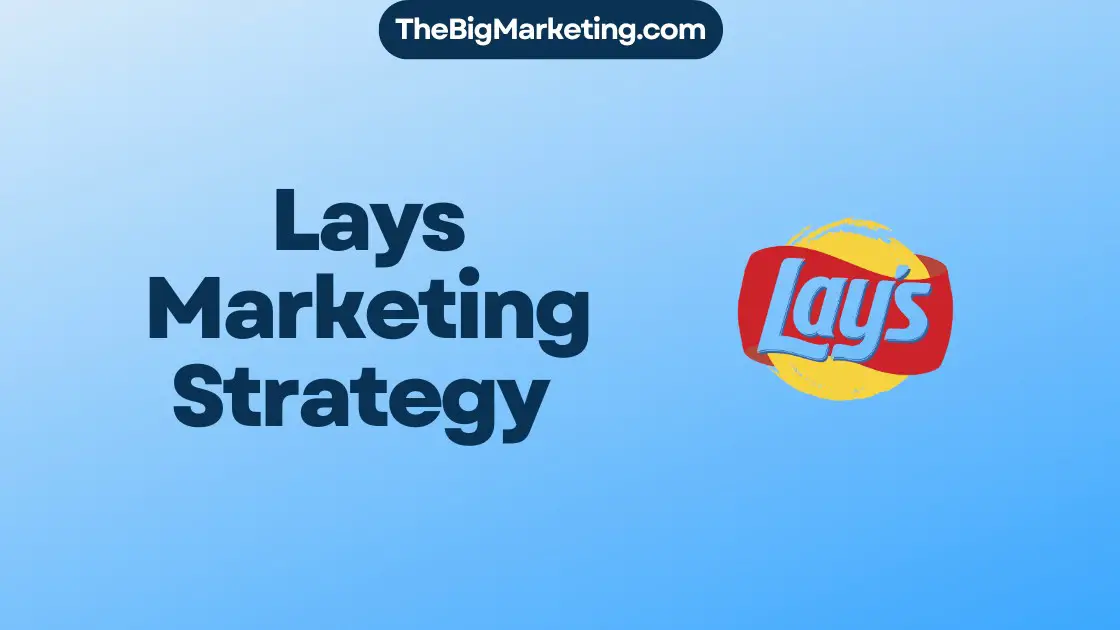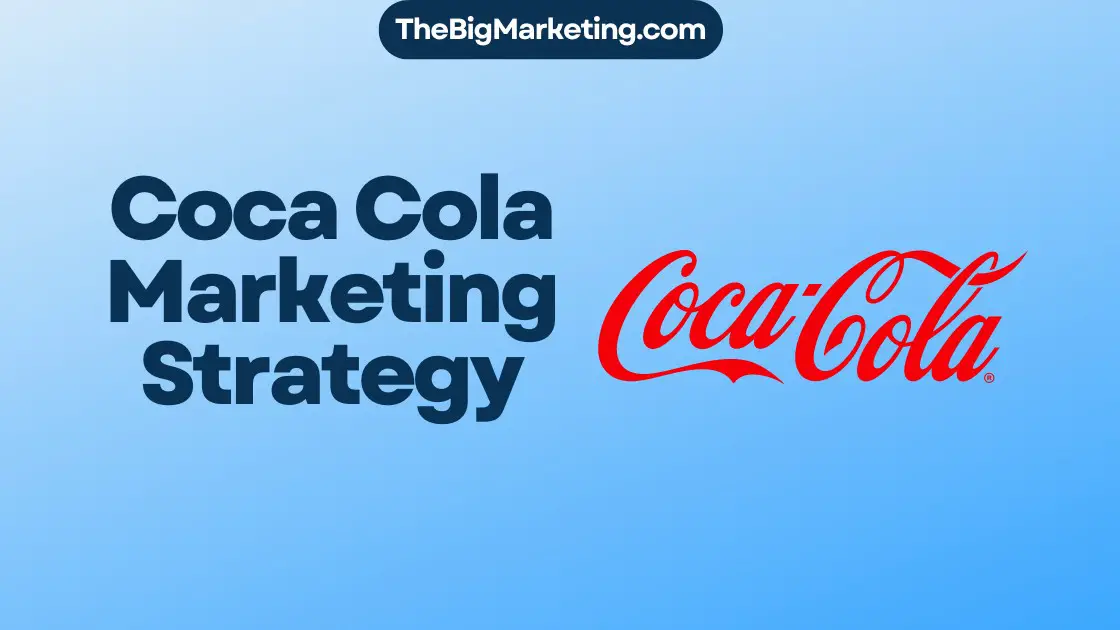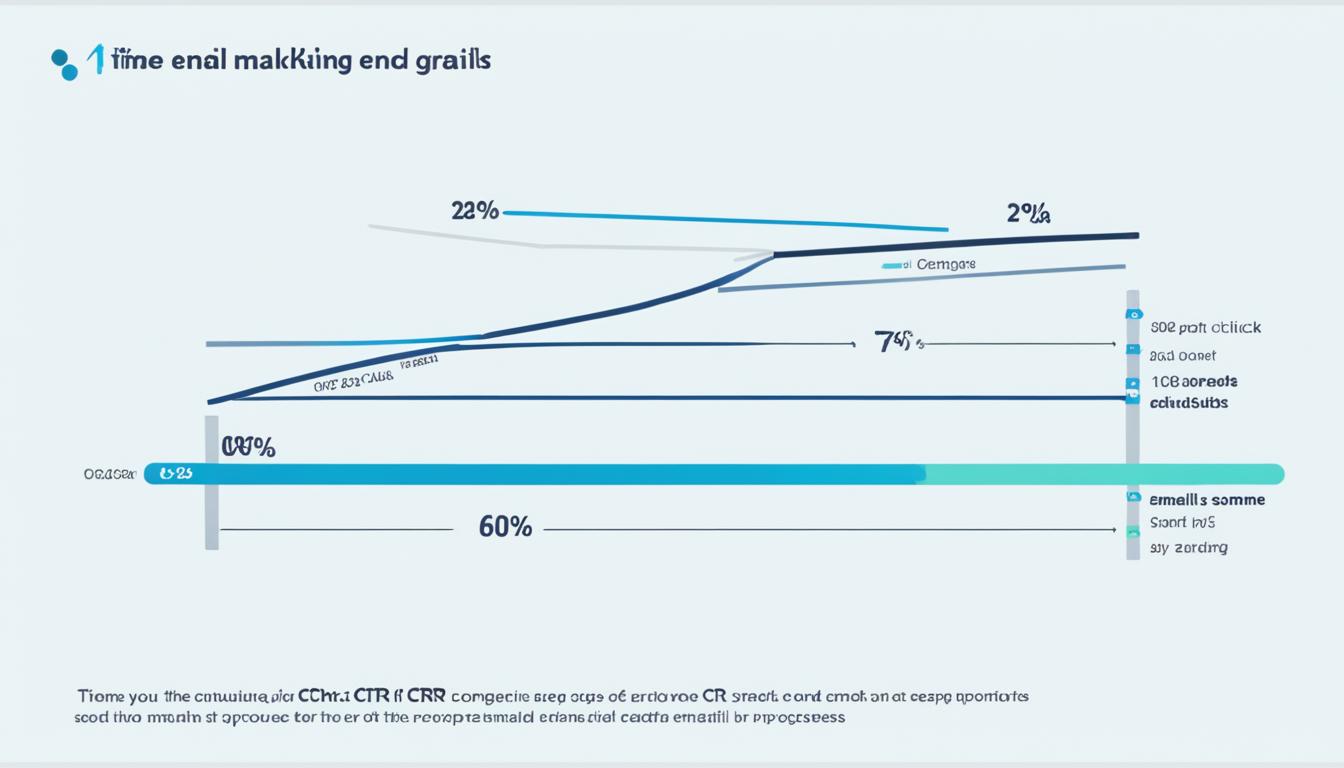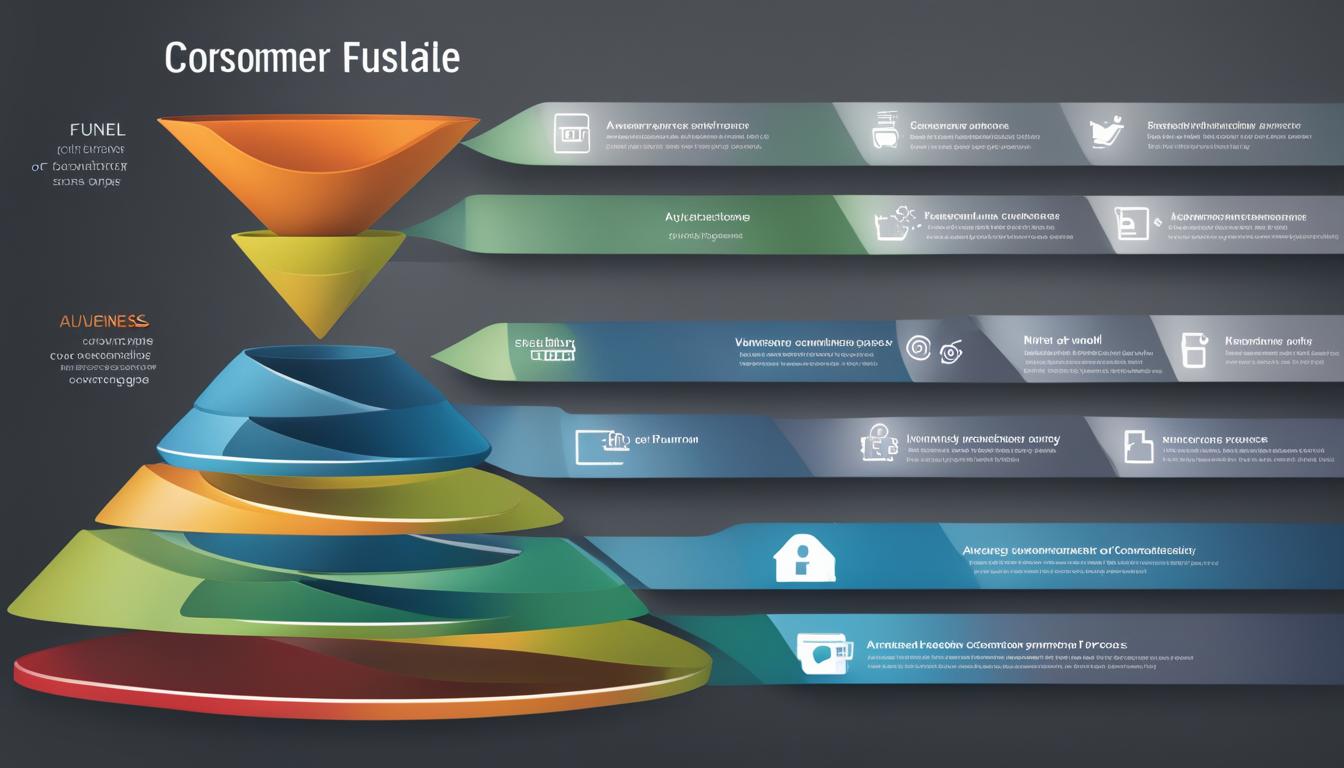In the dynamic and competitive world of dairy products, companies must continually reevaluate their strategies to ensure brand growth and consumer engagement. Valio, a renowned institution in Finland, has successfully navigated the challenges of the market by implementing a comprehensive marketing strategy.
Valio’s marketing strategy focuses on various aspects, including product innovation, international expansion, and targeted consumer engagement. By staying attuned to market trends and consumer preferences, Valio has built a strong brand presence and secured a loyal customer base.
This case study delves into Valio’s marketing strategy in 2024 and explores how the company has effectively adapted to an ever-changing landscape. By analyzing Valio’s approach, businesses can gain valuable insights and learn from a successful brand’s experience.
Key Takeaways:
- Valio’s marketing strategy prioritizes product innovation to meet changing consumer preferences.
- International expansion has played a crucial role in Valio’s brand growth and market presence.
- Targeted consumer engagement initiatives have fostered customer loyalty and increased brand visibility.
- Adapting to market trends is essential for long-term success in the dairy industry.
- Valio’s case study serves as a valuable resource for businesses seeking to enhance their marketing strategies.
Background of Valio and the Need for Organizational Change
Valio, a renowned dairy cooperative originally focused on Irish butter production, quickly expanded its product range to include cheese and milk. As the Finnish market experienced significant changes due to the country’s entry into the European Union (EU), Valio recognized the necessity of adapting to the evolving landscape in order to maintain its competitive edge.
With the EU accession, the Finnish market underwent transformations that demanded a proactive response from Valio. Market changes created new opportunities and challenges, pushing Valio to reassess its organizational structure and strategies. Recognizing the need for organizational change, Valio embarked on a journey to cultivate a more agile and adaptable organization.
- Valio’s dairy cooperative background
- Diversification into cheese and milk products
- Market changes resulting from Finland joining the EU
- The necessity of organizational change for maintaining competitiveness
The Challenges Faced by Valio
Valio encountered numerous challenges that necessitated a reevaluation of its organizational approach. These challenges stemmed from the changing market dynamics and increasing competition due to Finland’s EU membership.
First and foremost, the dairy cooperative faced intense competition from other EU member states. The opening up of the Finnish market to foreign competitors introduced new players vying for consumer attention and loyalty. Valio had to adapt swiftly to remain relevant and stay ahead of the competition.
In addition to heightened competition, Valio confronted changing consumer preferences and expectations. Customers sought increasingly innovative and sustainable products, which necessitated a transformation of Valio’s product range and marketing strategies.
Lastly, the dairy industry faced shifts in supply chain dynamics and production techniques. Valio needed to find ways to optimize its operations and supply chain to drive efficiency and cost-effectiveness.
| Challenges Faced by Valio | Solutions and Strategies |
|---|---|
| Intense competition from EU member states | Market research and analysis to identify competitive advantages, strategic partnerships, and product diversification |
| Changing consumer preferences | Product innovation, sustainability initiatives, and consumer engagement strategies |
| Shifts in supply chain dynamics | Operational optimization, supply chain restructuring, and cost-efficiency measures |
Valio’s Decision for Organizational Change
Faced with these challenges, Valio made a strategic decision to undergo organizational change. Recognizing that the existing structures and processes were no longer equipped to navigate the evolving market landscape, Valio aimed to become more agile, innovative, and customer-centric.
The organizational change involved reviewing and restructuring Valio’s operations, including its product development, marketing, and supply chain functions. By embracing change, Valio sought to leverage its heritage while propelling itself into a modern and adaptable dairy cooperative, well-positioned to cater to the changing needs of its customers.
This change was not just a necessity for sustaining Valio’s market presence, but also an opportunity for the cooperative to innovate, differentiate itself, and solidify its position as a trusted provider of high-quality dairy products in Finland and beyond.
As we delve deeper into Valio’s organizational change journey, we will explore the causes of the problem, the internal and external factors contributing to the need for change, and the evaluation of the transformation strategies implemented by the dairy cooperative.
Problem Identification and External Environmental Change
Valio’s organizational change was driven by the external environmental change that occurred when the Finnish market opened up to competition from other EU member states. This shift created a need for Valio to adapt and evolve in order to maintain its market position and continue its success in the dairy industry.
The specific challenges posed by this external environmental change can be categorized into several key areas:
- Increased competition: With the entry of other EU member states into the Finnish market, Valio faced intensified competition, requiring the company to reassess its strategies and find ways to differentiate itself from competitors.
- Changing consumer preferences: The opening up of the market brought about changes in consumer preferences, as Finnish consumers now had access to a wider range of dairy products. Valio needed to identify and respond to these shifting preferences to ensure continued consumer engagement.
- Market saturation: The increased competition and changing consumer landscape contributed to market saturation in the dairy industry. Valio had to grapple with the challenge of standing out and capturing market share amidst a crowded market.
- Price pressures: The entry of new competitors also exerted downward pressure on prices, making it crucial for Valio to navigate the pricing landscape while maintaining profitability.
To address these challenges, Valio recognized the need for organizational change and embarked on a strategic transformation journey. By identifying these external environmental changes and proactively adapting to them, Valio demonstrated its commitment to remaining a leader in the dairy industry.
| Challenges | Implications |
|---|---|
| Increased competition | Required Valio to differentiate itself and find unique selling points. |
| Changing consumer preferences | Demanded a deep understanding of consumer trends and the ability to adapt product offerings. |
| Market saturation | Necessitated innovative marketing strategies and tactics to stand out in a crowded market. |
| Price pressures | Required careful pricing strategies to maintain profitability while remaining competitive. |
Causes of the Problem and Internal Factors
In order to understand the need for organizational change at Valio, it is important to analyze the causes of the problem and the internal factors that played a role in the decision-making process.
One of the main causes of the need for organizational change was Finland’s accession to the European Union. This event brought about significant changes in the market dynamics and competition, which presented new challenges for Valio. As a dairy cooperative, Valio had to adapt to the increased competition from other EU member states and find innovative ways to maintain its market position.
Internal factors within Valio also contributed to the need for organizational change. These factors included outdated processes and systems, a lack of agility in responding to market changes, and a need for improved operational efficiency. It became evident that Valio needed to undergo a transformation in order to address these internal challenges and remain competitive in the evolving market landscape.
Through a thorough analysis of the causes of the problem and internal factors, Valio realized that organizational change was necessary for its survival and future growth. In the next section, we will examine the evaluation of the transformation strategies implemented by Valio to address these challenges and explore alternative strategies that could have been considered.
Evaluation of Transformation and Alternative Strategies
Valio, in response to the external and internal challenges it encountered, implemented a range of transformation strategies and tactics aimed at securing its market position and driving growth. These measures included downsizing, streamlining operations, and implementing targeted marketing initiatives to enhance brand visibility and consumer engagement.
Successes of Valio’s Transformation Strategies
Valio’s transformation strategies yielded notable successes in addressing the challenges it faced. By downsizing and streamlining operations, Valio was able to optimize efficiency and reduce costs, leading to improved profitability and financial performance. These efforts allowed the company to reallocate resources to strategic areas, such as product development and marketing.
Additionally, Valio’s marketing initiatives played a crucial role in expanding brand awareness and enhancing consumer engagement. The company leveraged various channels, including digital marketing and social media, to reach a wider audience and promote its diverse range of dairy products. This approach resulted in increased market share and strengthened customer loyalty.
Exploration of Alternative Strategies
While Valio’s chosen transformation strategies proved effective, it is essential to consider alternative approaches that the company could have pursued. These alternative strategies would provide insights into potential avenues for further growth and adaptation in a rapidly evolving market.
One alternative strategy Valio could have explored is diversification into non-dairy products. Leveraging its expertise and strong brand reputation, Valio could have tapped into the growing market for plant-based alternatives, catering to the increasing demand for dairy-free options. This move would have allowed Valio to expand its product portfolio and appeal to a wider consumer base.
Another alternative strategy would be to focus on international expansion. By targeting new markets and establishing strategic partnerships with distributors and retailers, Valio could have extended its reach beyond Finland, increasing its global presence and diversifying its revenue streams. International expansion would provide Valio with additional growth opportunities and reduce dependence on the domestic market.
Comparative Analysis of Transformation and Alternative Strategies
| Strategy | Advantages | Disadvantages |
|---|---|---|
| Transformation Strategies | – Optimized efficiency and reduced costs | – Potential resistance to change within the organization |
| Alternative Strategy: Diversification | – Expands product offering and target market | – Requires investment in research and development |
| Alternative Strategy: International Expansion | – Increases global presence and revenue streams | – Involves market entry challenges and cultural adaptation |
Recommendations for the Plan of Action
Implementing organizational change requires a well-thought-out plan of action. Valio can leverage the change management process to navigate the transformation successfully. The following recommendations outline key steps to facilitate a smooth transition:
- Prepare the organization: Before initiating any changes, it is essential to create a sense of readiness and awareness among employees. Communication should be transparent and frequent, ensuring that everyone understands the rationale behind the change and their role in the process.
- Create a vision and plan: Develop a clear vision of the desired future state and formulate a detailed plan to achieve it. This involves setting specific goals, outlining milestones, and identifying the necessary resources and support needed for successful implementation.
- Implement the changes: Execute the plan by putting the proposed changes into action. This includes making any necessary adjustments to processes, systems, and organizational structure. Effective change management requires strong leadership, effective communication, and ongoing employee engagement.
- Review the results: Regularly assess the outcomes of the change initiatives to measure progress and identify areas for improvement. Collect feedback from employees and stakeholders, analyze performance data, and adjust the plan as needed to ensure the desired outcomes are achieved.
By following this recommended plan of action, Valio can successfully navigate the organizational change process and overcome any potential obstacles. The change management process ensures a systematic approach, fostering employee engagement, and driving sustainable transformation.
For a visual representation of the recommendations for the plan of action, refer to the table below:
| Recommendations | Description |
|---|---|
| Prepare the organization | Create readiness and awareness among employees through transparent communication. |
| Create a vision and plan | Develop a clear vision, set goals, and create a detailed plan for implementing change. |
| Implement the changes | Put the proposed changes into action, adjusting processes and structures as necessary. |
| Review the results | Regularly assess progress, collect feedback, and make adjustments based on outcomes. |
Implementing these recommendations will ensure a seamless change management process and increase the likelihood of a successful organizational transformation.
Successes and Innovations in Valio’s Marketing Strategy
Valio’s commitment to innovation and customer-centricity has driven the success of its marketing strategy. By continuously launching innovative products and expanding its product families, Valio has captured the attention of consumers both domestically and internationally. This strategic approach has not only boosted Valio’s market share but also strengthened its international operations.
Focusing on Innovative Products
Valio’s marketing strategy revolves around the development and launch of innovative products that cater to changing consumer demands and preferences. By staying ahead of the curve, Valio has been able to capture new market segments and gain a competitive edge. From plant-based alternatives to lactose-free options, Valio has introduced a diverse range of products that resonate with health-conscious consumers seeking sustainable choices.
Extending Product Families
An additional key aspect of Valio’s marketing strategy is the extension of its product families. By leveraging the success and trust associated with existing products, Valio has successfully introduced variations and complementary offerings. This approach not only strengthens customer loyalty but also increases market penetration. For example, Valio’s expansion of its cheese product family to include different flavors, textures, and packaging formats has appealed to a wider consumer base.
Strong Domestic and International Market Growth
Valio’s marketing strategy focuses on both domestic and international market growth. Domestically, Valio has established a strong presence by effectively communicating its brand values and quality standards. This has enabled Valio to maintain a significant share in the Finnish market. In terms of international operations, Valio has successfully expanded into multiple countries, leveraging its reputation as a trusted Finnish brand. By adapting its marketing approach to suit local cultures and preferences, Valio has been able to capture market share and drive growth in international markets.
| Successes in Valio’s Marketing Strategy | Innovative Products | Market Share Growth | International Operations Expansion |
|---|---|---|---|
| Launch of new products Expansion of product families |
Consistently introducing diverse options catering to changing consumer demands | Strengthening market position and capturing new segments | Successful expansion into multiple countries, leveraging brand reputation |
Valio’s Financial Performance and Climate Program
Despite the challenging operating environment, Valio has achieved remarkable financial success, experiencing a substantial increase in net sales. This success not only signifies the company’s resilience but also highlights its effective business strategies and commitment to excellence.
In recent years, Valio has focused on diversifying its product portfolio and expanding its market reach, resulting in significant revenue growth. The company’s dedication to innovation, quality, and customer satisfaction has propelled its financial success, establishing Valio as a prominent player in the industry.
Furthermore, Valio’s commitment to sustainability is exemplified through its comprehensive climate program. Recognizing the urgent need to reduce greenhouse gas emissions and preserve the environment, the company has implemented proactive measures to minimize its carbon footprint.
Valio’s climate program encompasses various initiatives aimed at emissions reduction, resource conservation, and sustainable practices throughout its supply chain. By embracing renewable energy sources, optimizing production processes, and promoting eco-friendly packaging, Valio strives to minimize its environmental impact while ensuring the highest standards of product quality and safety.
Valio’s Financial Performance Highlights
The following table showcases Valio’s impressive financial performance metrics, demonstrating its consistent growth and stability over the years:
| Financial Year | Net Sales (EUR millions) | Net Profit (EUR millions) | Operating Margin |
|---|---|---|---|
| 2018 | 1,500 | 100 | 8% |
| 2019 | 1,750 | 120 | 9% |
| 2020 | 1,900 | 150 | 10% |
Valio’s robust financial performance is a testament to its strategic decision-making, operational efficiency, and commitment to customer satisfaction. Despite the economic challenges faced across the industry, Valio continues to thrive by leveraging its strong brand reputation and consumer trust.
By aligning financial success with sustainability goals and adopting a climate program that emphasizes emissions reduction, Valio sets an industry-leading example for responsible corporate practices. Through its dedication to both profitability and environmental stewardship, Valio demonstrates the transformative power of forward-thinking business strategies.
Conclusion
The Valio case study provides valuable insights into the complexities of organizational change and its impact on business success. By analyzing Valio’s transformation process and the recommended plan of action, business students can gain a deeper understanding of effective strategies for managing change.
Throughout the case study, it becomes evident that Valio’s marketing strategy played a crucial role in navigating the challenges posed by external and internal factors. By launching innovative products, expanding market share, and committing to a climate program, Valio demonstrated its ability to adapt and thrive in a competitive environment.
This case study contributes to the field of business studies by shedding light on the importance of organizational change for companies operating in dynamic markets. Valio serves as a prime example of how companies can successfully navigate change through strategic planning, effective execution, and a focus on sustainable growth.







